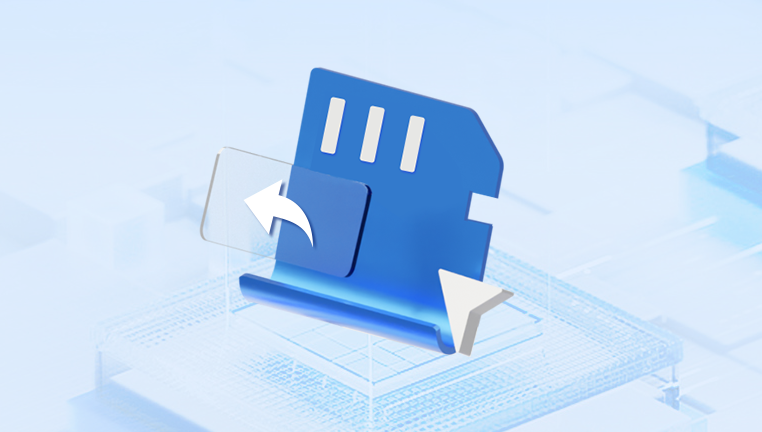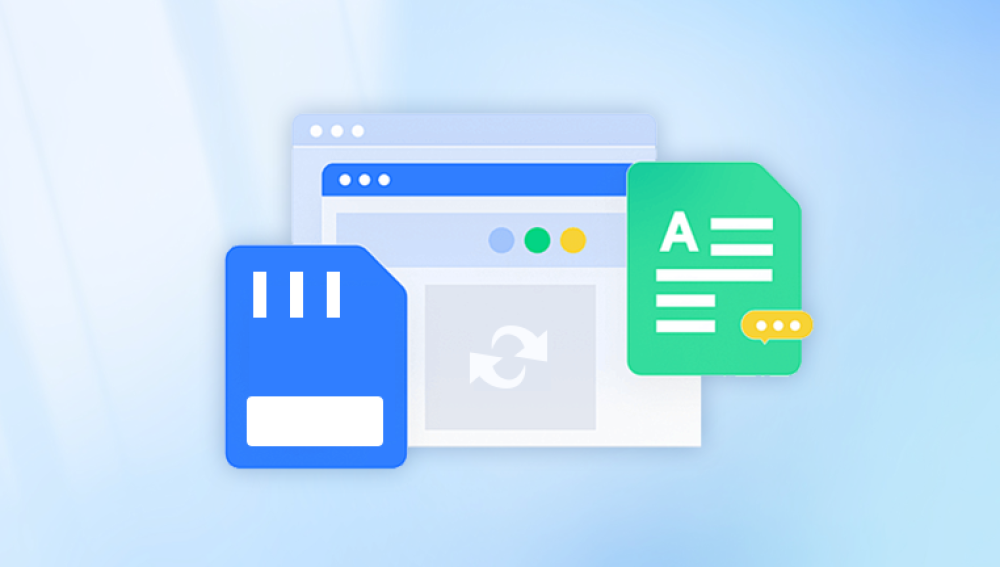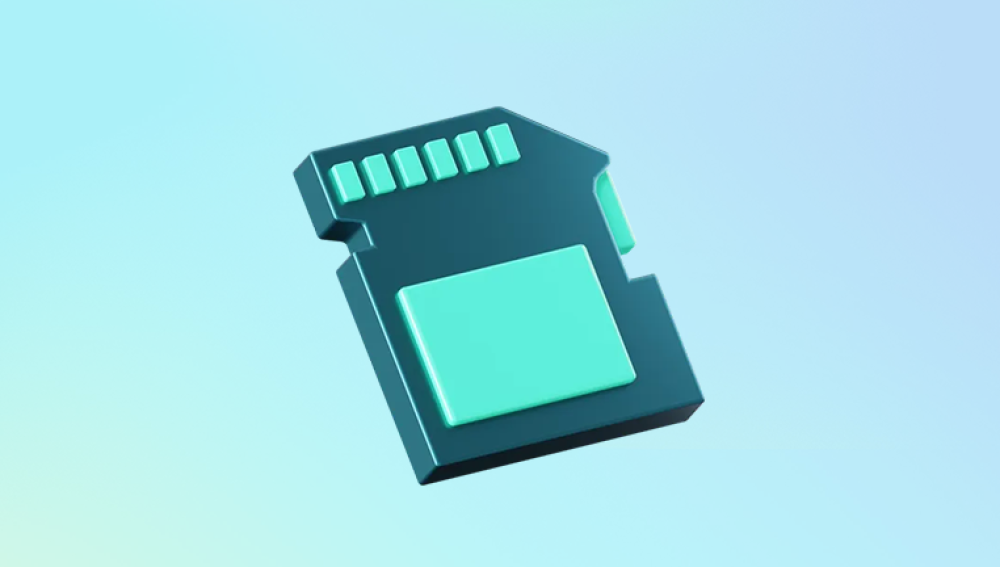Recovering deleted files from an SD card without using software can be challenging but is possible through a variety of methods, particularly if the deletion was recent and the card has not been used extensively since.
1. SD Card Data Deletion
When you delete a file from an SD card, it isn’t immediately erased. Instead, the file's entry in the file system is removed, and the space it occupied is marked as available for new data. This means that until new data overwrites that space, the deleted file can potentially be recovered. However, once overwritten, recovery becomes nearly impossible without software.
2. Stop Using the SD Card Immediately
The most important step after realizing that files have been deleted is to stop using the SD card. Continued use may result in new data being written to the card, which can overwrite the deleted files and make them irretrievable. Remove the SD card from your device and store it safely until you’re ready to attempt recovery.

3. Check the Recycle Bin or Trash
If the SD card was used with a computer, and files were deleted from the SD card while it was connected, the files might have been moved to the Recycle Bin (Windows) or Trash (macOS). Here’s how you can check:
Windows:
Connect the SD card to your computer.
Open the Recycle Bin on your desktop.
Look for the deleted files.
If found, right-click and select “Restore” to return them to their original location on the SD card.
macOS:
Connect the SD card to your computer.
Open the Trash from the Dock.
Search for the deleted files.
If found, right-click and select “Put Back” to restore them to their original location.
4. Use Built-In Command Line Tools
If your operating system supports it, you can try using command-line tools to recover files.
Windows Command Prompt (CMD):
Open Command Prompt:
Type cmd in the search bar, right-click on Command Prompt, and choose “Run as administrator.”
Run the CHKDSK Command:
Type chkdsk X: /f (replace "X" with the drive letter of your SD card) and press Enter.
This will check for and fix file system errors.
Check the Recovered Files:
After the process is complete, check the SD card for a new folder named “FOUND” containing recovered files.
Linux Terminal:
Open Terminal:
Connect the SD card to your Linux machine and open the Terminal.
Run the fsck Command:
Type sudo fsck /dev/sdX (replace "X" with the appropriate letter assigned to the SD card) and press Enter.
This command will check and repair file system errors.
Recover Files:
If the command finds errors, it will attempt to recover the files and save them in a new directory.
5. Check Hidden Files and Directories
Sometimes, files might be marked as hidden instead of being deleted. You can try to reveal hidden files using your operating system’s file explorer.
Windows:
Open File Explorer and navigate to the SD card.
Click on the “View” tab and check the “Hidden items” checkbox.
Look for any hidden files or folders that may contain the missing data.
macOS:
Open Finder and navigate to the SD card.
Press Command + Shift + . to toggle hidden files on or off.
Search for hidden files or folders.
6. Restore from Backup
If you regularly back up your SD card, you may be able to restore the deleted files from a backup. Here’s how you can do it:
Cloud Backup:
If you have synced your SD card with a cloud service like Google Drive, Dropbox, or iCloud, log in to your account and check if the deleted files are available for download.
Local Backup:
If you maintain a local backup on your computer or an external hard drive, search the backup for the deleted files and restore them to the SD card.
7. Utilize the Built-In Operating System Recovery
Some operating systems have built-in recovery options that might help retrieve deleted files.
Windows Previous Versions:
If System Protection is enabled on your Windows computer, you might be able to restore previous versions of files or folders.
Right-click on the SD card in File Explorer, select “Properties,” and then go to the “Previous Versions” tab.
If available, select the version you want to restore and click “Restore.”
macOS Time Machine:
If you use Time Machine on a Mac, you can restore deleted files from your Time Machine backup.
Open the Time Machine interface, navigate to the SD card, and select the date before the file was deleted.
Restore the file to its original location on the SD card.
8. Search for Duplicate Files
Sometimes, a copy of the deleted file might exist in another location on the SD card. You can search for duplicate files manually by browsing through different folders on the card. This process can be tedious, but it might yield results if you’re lucky.
9. Contact a Professional Data Recovery Service
If the deleted files are irreplaceable and the above methods do not work, your last resort is to contact a professional data recovery service. These services have specialized equipment and expertise that can recover data that is inaccessible through other means. Be aware that this option can be expensive, and there is no guarantee of success.
10. Prevent Future Data Loss
Once you’ve recovered your files or decided they cannot be retrieved, it’s crucial to take steps to prevent future data loss:
Regular Backups:
Regularly back up your SD card’s contents to multiple locations, including cloud storage and external hard drives.
Careful File Management:
Double-check files before deleting them to avoid accidental deletions.
Be mindful of formatting the SD card, as this will erase all data.
Use a Write-Protect Switch:
Some SD cards have a write-protect switch that prevents accidental deletion or formatting. Use this feature when you want to ensure data safety.
Invest in Reliable SD Cards:
Purchase SD cards from reputable brands known for reliability to minimize the risk of data loss due to hardware failure.
Recovering deleted files from an SD card without software is not always straightforward, but by using these techniques, you may be able to recover your lost data. If these methods do not yield the desired results, it might be necessary to consider using data recovery software or professional services.




